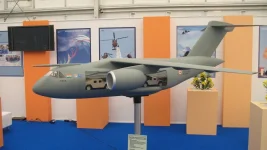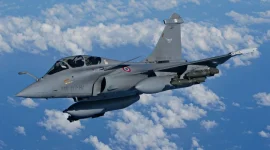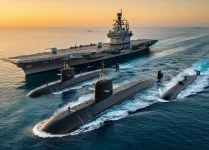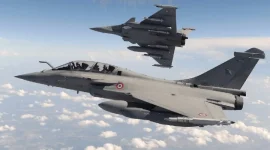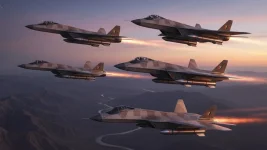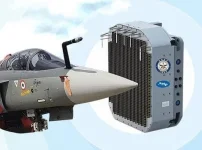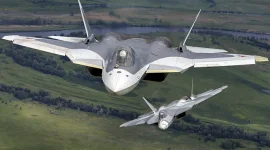In a major move to bolster its air power, the Indian Ministry of Defence has formally requested pricing information from French aerospace firm Dassault Aviation for a potential large-scale purchase of Rafale fighter jets.
A report from French publication La Tribune indicates that a letter was sent in early August 2025, inquiring about the cost for a minimum of 40 to a maximum of 114 aircraft.
This initiative represents a new strategy for fleet expansion, separate from the country's ongoing Multi-Role Fighter Aircraft (MRFA) procurement program.
The Indian Air Force (IAF) is currently operating with a depleted squadron strength, well below its sanctioned capacity of 42 squadrons, creating an urgent need for modernization and expansion to counter regional security threats.
The Rafale jet is already a key asset for the IAF following the 2016 agreement for 36 aircraft. Its proven performance in various exercises and its advanced capabilities have encouraged New Delhi to consider acquiring more of the French multi-role fighters to quickly enhance its combat readiness.
This new inquiry is notably distinct from the larger MRFA tender, a competitive procurement process valued at over $20 billion.
The MRFA aims to acquire 114 jets with a strong emphasis on technology transfer and domestic production under the "Make in India" policy, involving global competitors like the Rafale, Eurofighter Typhoon, and Lockheed Martin's F-21.
In contrast, the direct price request to Dassault suggests India may be exploring a government-to-government deal to bypass the lengthy tender process, prioritising rapid delivery to address immediate operational needs.
According to the report, the Ministry of Defence's letter specifically seeks a cost breakdown for an off-the-shelf purchase.
An order for 40 jets would be sufficient to form two new squadrons, while an acquisition of 114 jets would be a landmark deal nearly matching the scale of the MRFA competition. Such an order would provide a significant boost to Dassault Aviation's production and order backlog.
For India, a direct purchase would significantly accelerate the IAF's efforts to achieve its target of 42 squadrons by 2030, a crucial goal as both China and Pakistan continue to modernise their air forces.
The Rafale's ability to perform a wide range of missions, including air superiority, deep-penetration strikes, and nuclear deterrence, makes it a valuable asset for India's strategic needs.
Furthermore, operating a larger fleet of the same aircraft type simplifies logistics, maintenance, and training, enhancing overall operational efficiency.
This potential deal would also be a major win for Dassault Aviation, reinforcing India's position as a key strategic partner and a major export customer.
A large order would secure the company's production line for years to come, building on recent successes with sales to the UAE and Indonesia.
It could also open doors for deeper industrial cooperation, including the possibility of establishing a final assembly line in India.
The move highlights the strengthening defence relationship between India and France, which has been solidified by landmark agreements like the initial 36 Rafale deal and the recent contract signed in April 2025 for 26 Rafale-M naval jets for the Indian Navy's aircraft carriers.
However, finalising the new deal will require overcoming challenges related to price negotiations, offset obligations, and aligning the direct purchase with India's long-term goal of self-reliance in defence manufacturing.
Experts believe if negotiations proceed smoothly, a contract could potentially be signed by mid-2026.

